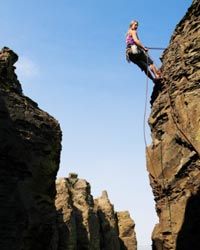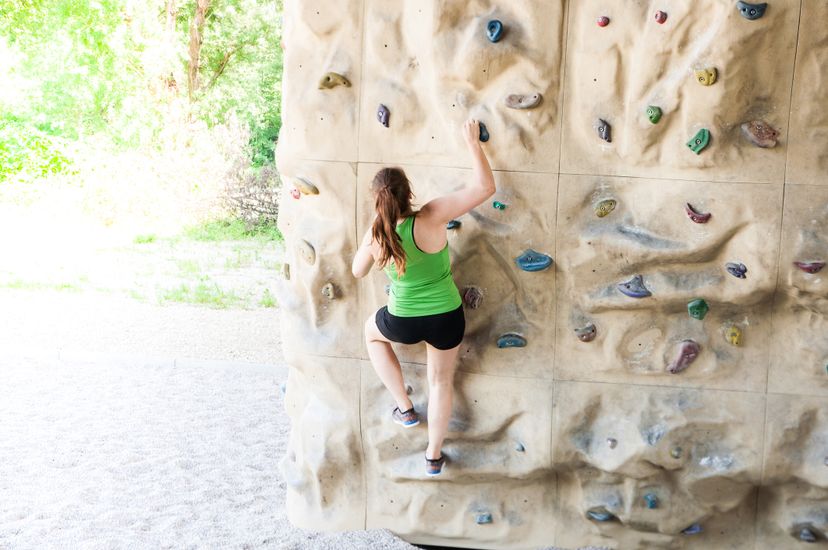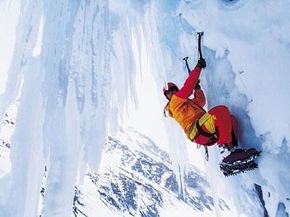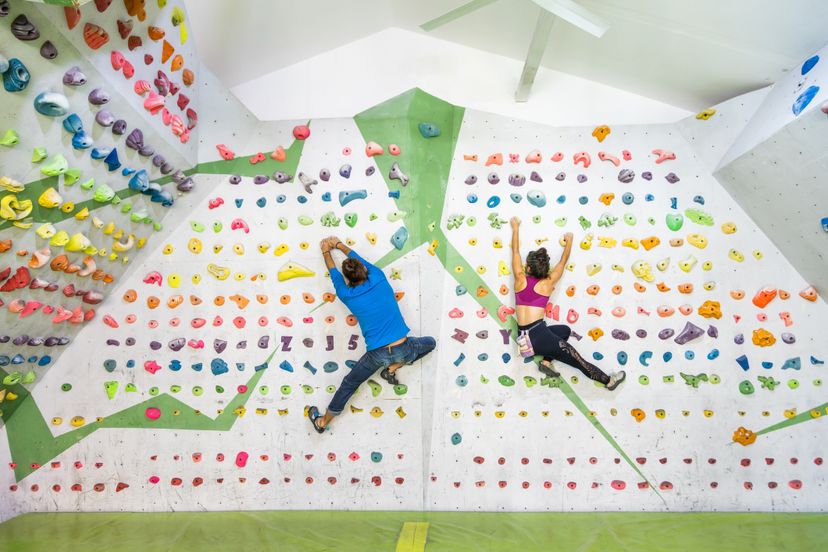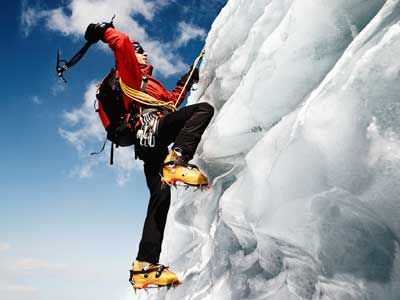Before you set out to take a hike or scale a mountain, you'll want to know a few important details. Is the route you're planning to follow as challenging as climbing the southeast ridge of Mount Everest, or is it as easy as a stroll in Central Park? Is it icy? Will you need equipment to help you along? What would happen if you slipped and fell? Many of these questions can be summed up in what's known as a climbing grade.
Climbing grades are systems of letters or numbers (or in some cases letters and numbers) that let climbers know what to expect from the routes they are going to take. Without these ratings systems, it would be difficult to know from place to place what a climb is going to be like, and whether or not you have the skill, ability and guts to handle it.
Advertisement
Just like the grades a teacher gives a student in school, climbing grades are an overall assessment of a climb. Because there are many different places to climb, and many different ways to climb, there are also many different grading systems that are used. For example, climbing routes that involve ice high up in the mountains have a different rating system than climbs that involve large boulders close to the ground. While each grading system takes into account different factors, most measure one or more of the following elements:
- Technical skill needed to make the climb
- Amount of time the climb will take
- Degree of danger involved in the climb
- Number of sheltered or exposed areas on the route
- Altitude
- Equipment needed to make the climb (if any)
- Difficulty of finding the route
- Difficulty and number of pitches (a pitch is a section of climbing between two stopping places)
But how do these factors translate into a letter or a number? Well, that's the tricky part. Each grading system has a different set of criteria used to assign a grade to a climbing route. Grades are assigned to routes based on personal experiences and observations. They're best estimates that are a result of assessing only some factors, and they're in no way meant to cover everything a person could encounter during a climb. We'll get into more detail about how these systems actually rate climbs, and the different ratings systems used throughout the world, in the next sections.
Advertisement
